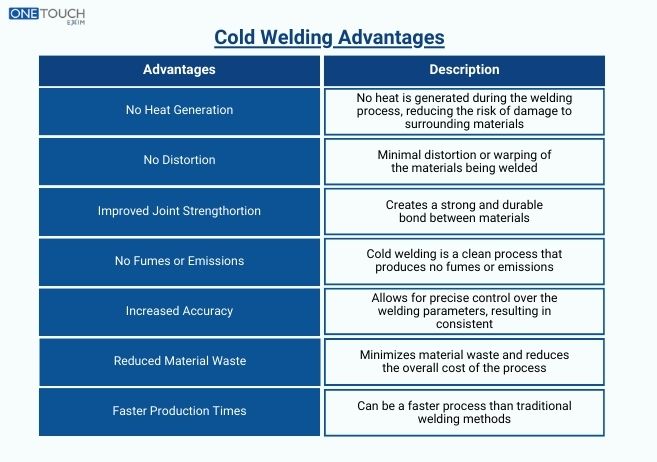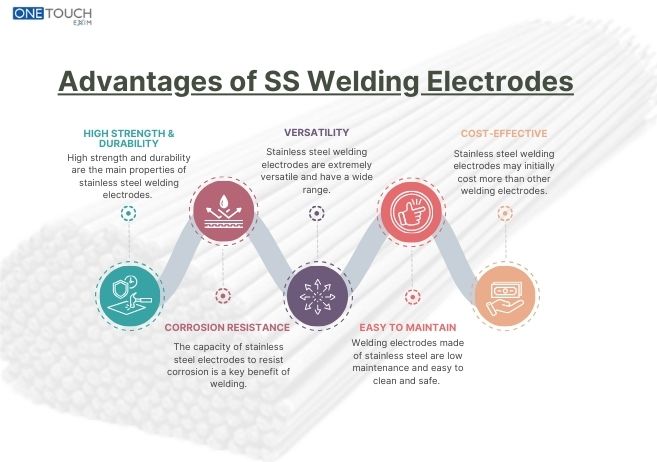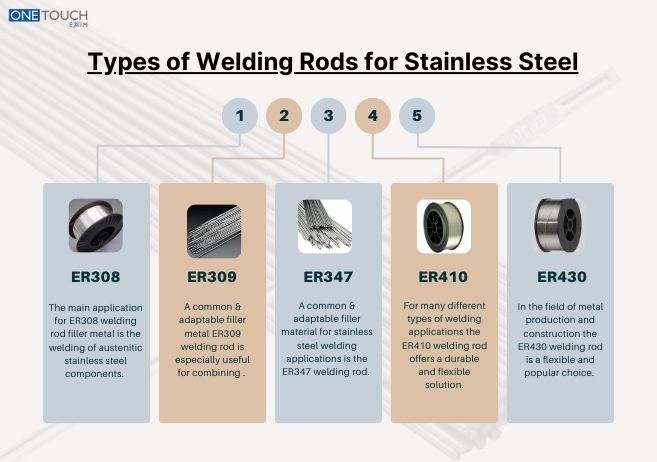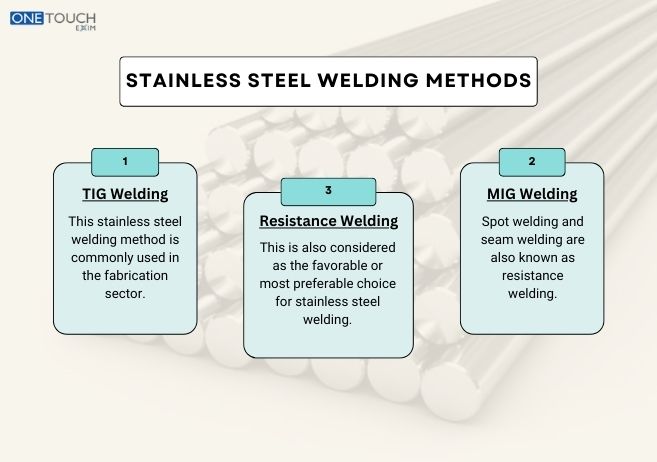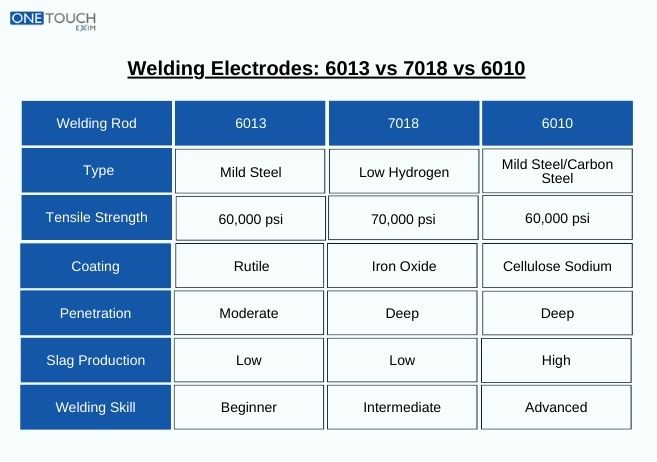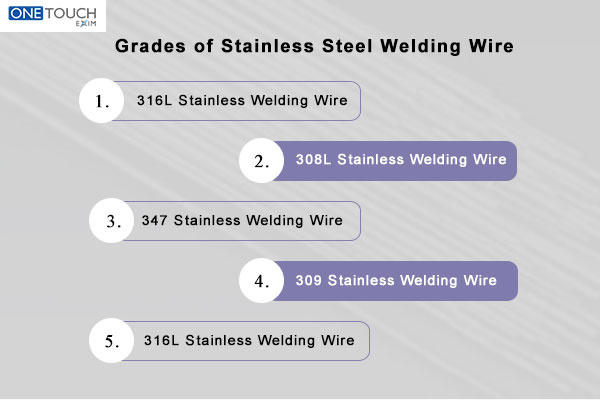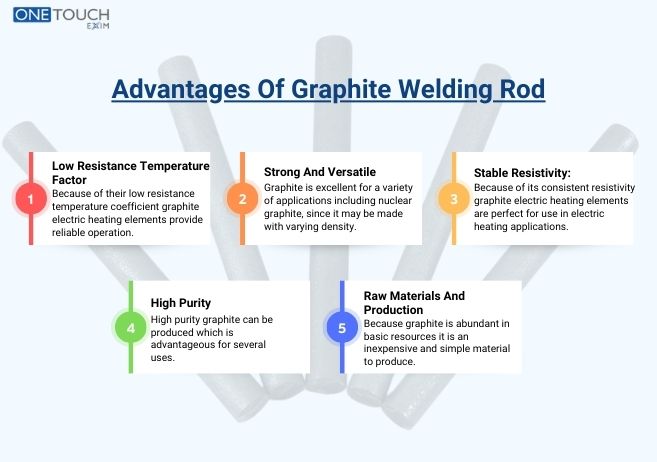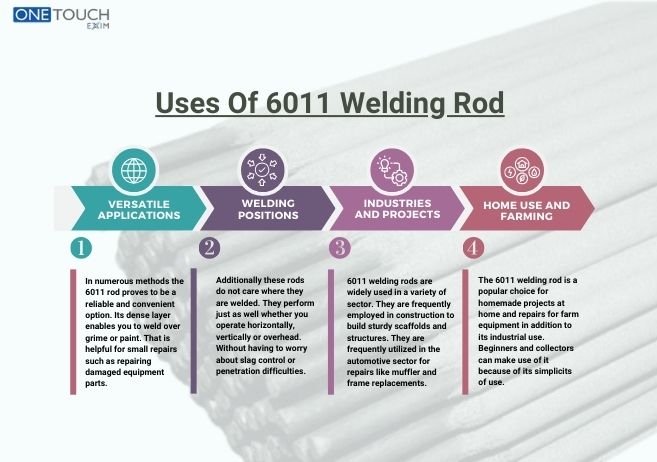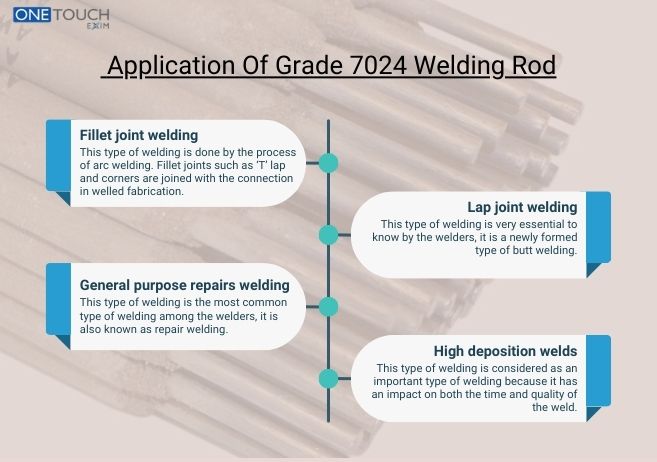Ever thought of whether metals can come together without the use of thermal energy If so, then you are in for an exciting plunge into the cold welding realm. Cold welding is also known as contact welding and it is a form of solid-state bonding that contradicts how metals bond. This blog will discuss what cold welding involves, its significance in different industries, how it works and even narrate about my personal experience on it.
What is Cold Welding?
Cold welding, also referred to as contact welding, is a kind of solid-state welder that joins two metals without the application of heat. Contrary to other traditional techniques applied on metal surfaces by high temperatures to merge them, cold fusion makes use of room temperature. In this method, atoms of these metals are brought closer as pressure is increased between their interfaces thus creating stronger bonds than those created via other methods.
What are the Advantages of Cold Welding?
| Advantages | Description |
| No Heat Affected Zone (HAZ) | As there is no heating process, the properties of the material don’t change hence it remains unaffected. |
| Energy Efficiency | Being void of energy from outside heat sources implies that cold welding consumes less power and is inexpensive. |
| Clean Process | This method does not involve fumes, sparks or slag hence making it safe for operators as well as environment-friendly. |
| Strong Bonds | The joints formed are usually just as strong as those in the parent materials which guarantees a good structural integrity. |
| Minimal Distortion | Welding components that have incurred minimal thermal distortion or residual stress caused by lack of heat transfer into them. |
What are the Limitations of Cold Welding?
Cold fusion has numerous benefits over traditional methods of welding. However, cold welding also has some limitations:
| Limitation | Description |
| Surface Preparation | It may be difficult and time-consuming to achieve the required surface cleanliness level. |
| Material Restrictions | The process works only with ductile metals that are clean and free from oxides. |
| Pressure Requirements | High pressure equipment is needed, which can be costly and require exquisite control. |
| Limited Applications | In addition, cold welding cannot be regarded as an all-purpose solution for every welding problem in all industries. |
How does cold welding work?
The fundamental principle of cold welding is different from that of traditional welding methods. When two clean flat metallic surfaces are brought into contact under high pressures, atoms mix at their boundaries forming strong bonds. This happens because at atomic levels, metals don’t know they are separate after removing their oxide layers and they are pressed together with adequate force.
Steps in Cold Welding
| Step | Description |
| Surface Preparation | Surfaces to be bonded must be thoroughly cleaned. Any foreign materials like oxides, oils or other residue may hinder proper bonding. Cleaning process is normally done mechanically e.g., brushing, grinding or polishing. |
| Application of Pressure | The cleaned surfaces are then subjected to significant pressure. The required pressure can depend on the types of metals involved but it usually ranges between 70 to 140 MPa (10,000 to 20,000 psi). |
| Plastic Deformation | Gross displacement takes place across the edge due to applied stress eradicating microscopic open spaces permitting atomic contact. This stage is critical for cold welding since it aids in the elimination of surface irregularities as well as encouraging atomic bonding. |
| Bond Formation | Atoms from both surfaces meet head-on directly, electrons are shared, thereby forming a metallic bond which is generally as strong as the parent materials. |
What Are The Factors Affecting Cold Welding?
The efficiency of cold welding is influenced by several factors:
| Elements | Affect |
| Compatibility of Materials | Cold welding is not possible with all metals. Metals like aluminum, copper and gold that are ductile and highly pure have been shown to respond better to cold welding treatment. |
| Roughness of Surface | Better welds are achieved when surfaces are smoother. Roughness prevents close contact between the two surfaces leading to reduced strength of the welds. |
| Pressure and Deformation | To ensure enough plastic deformation and atomic contact, there must be adequate pressure applied. However excess pressure may lead to damage or deformities in areas other than where the required joining takes place. |
| Environmental Factors | Typically, in order to avoid oxidation on the surface during such process it should take place under vacuum or inert atmosphere conditions |
Where is Cold Welding Used?
Therefore, it is an essential substance in several industries especially due to its unique qualities.
Aerospace Industry
In space, welding as a traditional process becomes unusable because of lack of the atmosphere and gravity. Assembling parts in vacuum environment can be done through cold welding. For example, aluminum components have been joined using cold welding in satellites and space stations.
Electronics
There is no worry about damage to insensitive electronic parts due to cold welding when bonding wires and connectors. It is important to note that this technique provides a major advantage by allowing joining of materials which are impossible with conventional methods such as dissimilar metals
Manufacturing
Certain metal-based goods like aluminum can bodies and copper wire joints are produced through cold welding. Therefore, material properties are preserved while high strength bonds without heat are achieved.
Automotive Industry
The automotive industry applies cold welding to join unlike materials such as aluminum and copper. These enable production of light weight and high strength parts thus enhancing vehicle performance and fuel economy.
How is Cold Welding Used in Space?
Space technology is one area where cold welding is very fascinating. The conditions in space do not allow for conventional welding procedures to be performed. In such a case, cold welding becomes the most practical alternative. For example, aluminum parts were connected using cold welding during the construction of International Space Station (ISS).
In space there is no oxidizing atmosphere and hence clean metal surfaces are more readily available for cold welding. This allows astronauts to perform their repairs and construct structures with ease and reliability too. It does not require bulky, energy consuming tools; therefore, strong bonds are attained by cold welding.
Effective Solutions for Its Concerns and Problems
Problem
Traditional arc or gas welding needs high temperatures to melt metals and bond them together. There may be some challenges caused by this approach including thermal distortion, residual stresses and change of metal properties. Also, heat-based welding is not universal hence it is usually energy demanding and expensive.
Concern
Just imagine having a welding method that doesn’t have such heat associated problems but still makes strong and good bonds when welded this happens because of cold welding which is an innovative technology in the world of welding. Alternatively, it can be applied in specific cases where heating is inappropriate or impossible.
Solution
Cold welding does not involve heating metals so as to join them together. The process involves applying pressure on the materials to be joined at room temperature making it a unique method used in manufacturing as well as during repairs. The best way to understand how this fascinating system works.
Conclusion
Cold welding is an awesome process because it welds metal without heat, which doesn’t make any sense when you think about it traditionally. Cold welding uses high pressure and requires highly polished surfaces so as to produce a strong bond between metals. This makes it versatile and effective for use in industries such as aerospace, electronics and automotive.
